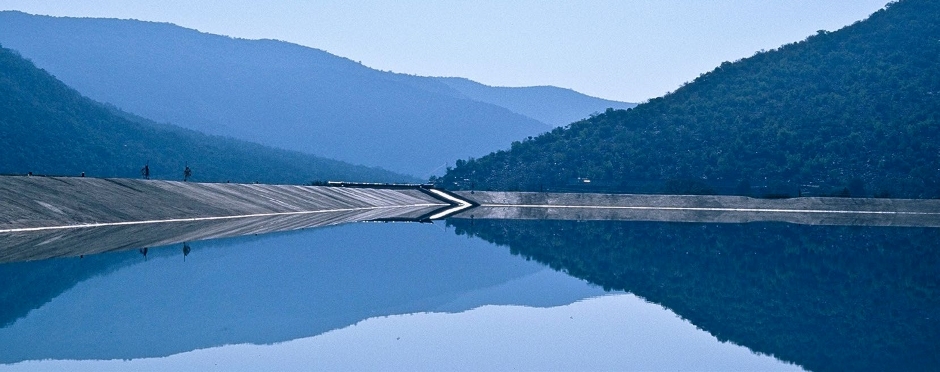A substantial shift in global best practice is demanding a more comprehensive integration of engineering aspects of water management – among other fields – with environmental, social and governance (ESG) issues and financial sustainability in all projects. In South Africa, this has recently led to the Department Water and Sanitation (DWS) requiring more detailed civil engineering designs in water use licence applications.
There are growing concerns about the supply and quality of water resources around the world, which has led to a more intense focus on sustainable engineering detail in proposed water-related structures. The response from organisations such as the United Nations – as well as various participating entities such as the International Commission on Large Dams (ICOLD) – has included raising the bar of best practice to ensure more effective integration of engineering aspects with ESG.
This is an approach that SRK has long embraced in our methodology, particularly in water-scarce countries like South Africa. Here we face considerable risk – as recent droughts have demonstrated – and higher levels of uncertainty in terms of rainfall patterns, linked to climate change factors. It is therefore commendable that the DWS has reflected this global trend in its new water use licence application (WULA) requirements. Their move further prioritises the sound engineering of all existing and proposed structures, including supporting facilities such as silt traps and water diversions.
Essentially, project developers will now have to invest in more upfront work to generate detailed engineering specifications for their WULA, before they make their submission to the DWS. This greater detail in terms of projects’ water requirements and their potential impacts must be factored into project planning and designs in order to protect our water resources.

